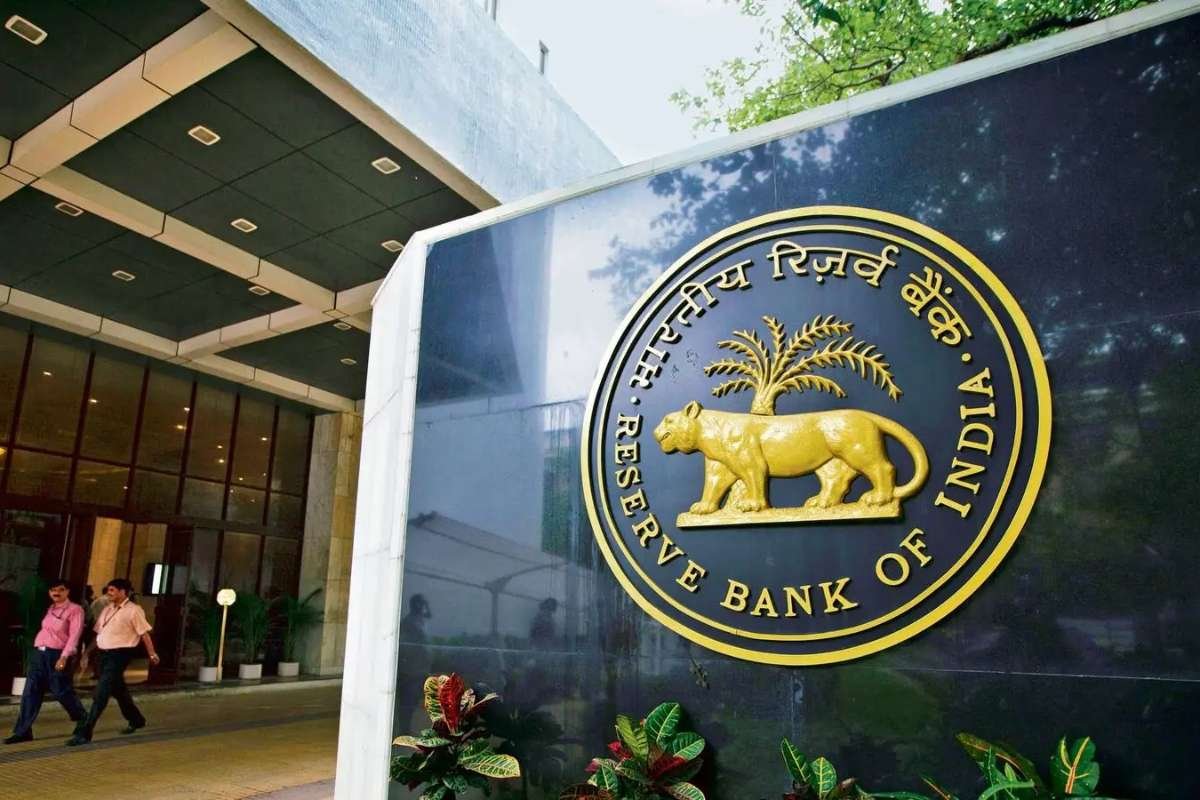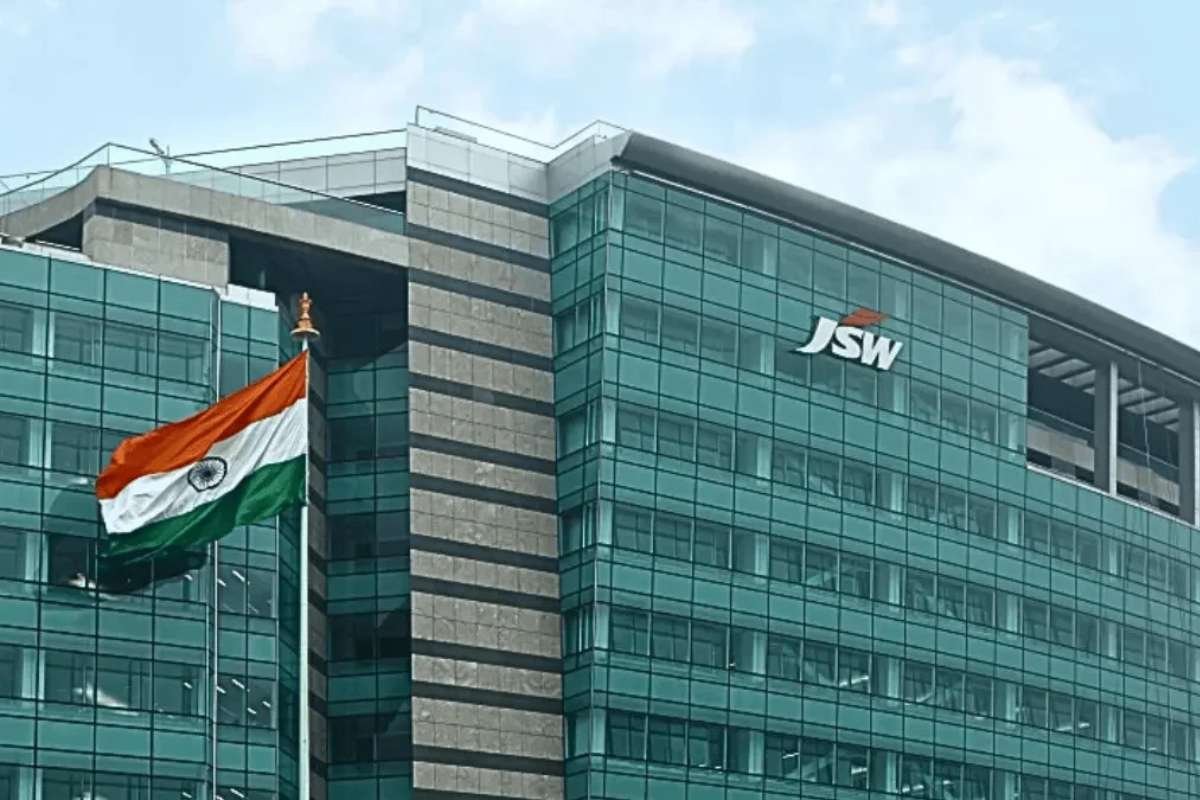Economic Growth and Inflation Trends
India’s economic landscape is experiencing a significant shift, with growth slowing while inflation trends indicate a stabilizing outlook. The country’s gross domestic product (GDP) growth rate declined for the third consecutive quarter, registering 5.4% in Q2FY25—the lowest in nearly two years. The Ministry of Statistics and Programme Implementation (MoSPI) is set to release Q3 GDP figures on February 28, which will provide further insights into the economic trajectory.
Despite the slowdown, the Economic Survey 2025 projects India’s real GDP growth at 6.4% for FY25, aligning with the decadal average despite ongoing global economic uncertainty. Meanwhile, inflationary pressures are easing. The Consumer Price Index (CPI)-based inflation dropped to 5.22% in December, a four-month low, compared to 5.48% in November and 5.69% a year ago. Forecasts suggest that inflation could further decline to around 4% in FY26. This scenario could pave the way for potential monetary easing measures by the Reserve Bank of India.
Factors Influencing the RBI’s Policy Decision
With inflation moderating and GDP growth requiring support, economists anticipate that the Reserve Bank of India (RBI) may opt for a 25-basis point (bps) rate cut in its upcoming monetary policy announcement on February 7. The recently presented Budget 2025 emphasized fiscal consolidation while incorporating measures to stimulate consumption and economic growth. The Reserve Bank of India is expected to complement these efforts by enhancing liquidity and facilitating a lower interest rate environment.
According to Joseph Thomas, Head of Research at Emkay Wealth, inflation risks have moderated significantly, primarily due to stable oil prices and a reduction in food inflation pressures caused by temporary supply-demand mismatches. He highlighted that the country’s growth slowdown necessitates policy action, adding, “A rate cut is inevitable along with liquidity enhancement measures. The US Federal Reserve has already implemented multiple rate cuts, and further reductions are anticipated.”
Dipti Deshpande, Principal Economist at Crisil, expects inflation to move closer to the 4% target in January. “Led by softer food prices, consumer price inflation is expected to decline, aligning with the Monetary Policy Committee’s (MPC) target. Given the government’s tight fiscal stance and expected lower inflation, rate cuts seem increasingly probable,” she noted.
Scope of the Rate Cut Cycle
While a rate cut appears imminent, experts suggest that the overall rate-cut cycle may be limited. The Reserve Bank of India will have to navigate multiple domestic and global uncertainties before making any aggressive policy moves. Concerns over uneven monsoons due to climate change, coupled with geopolitical uncertainties from evolving US policies, add to the complexity of decision-making.
Dipanwita Mazumdar, an economist at Bank of Baroda, believes that the cumulative rate cut in this cycle could range between 50-75 bps, beginning with an initial 25 bps reduction in February. Upasna Bhardwaj, Chief Economist at Kotak Mahindra Bank, echoes similar sentiments, forecasting a 50 bps cut for the year while cautioning that further reductions may be constrained due to persistent global uncertainties. “The prolonged pause by the US Federal Reserve and ongoing fiscal policy ambiguity could keep markets cautious, limiting the scope for deeper rate cuts,” Bhardwaj explained.
As the Reserve Bank of India weighs its options, the focus remains on balancing economic growth with inflation control while navigating an evolving global financial landscape.







